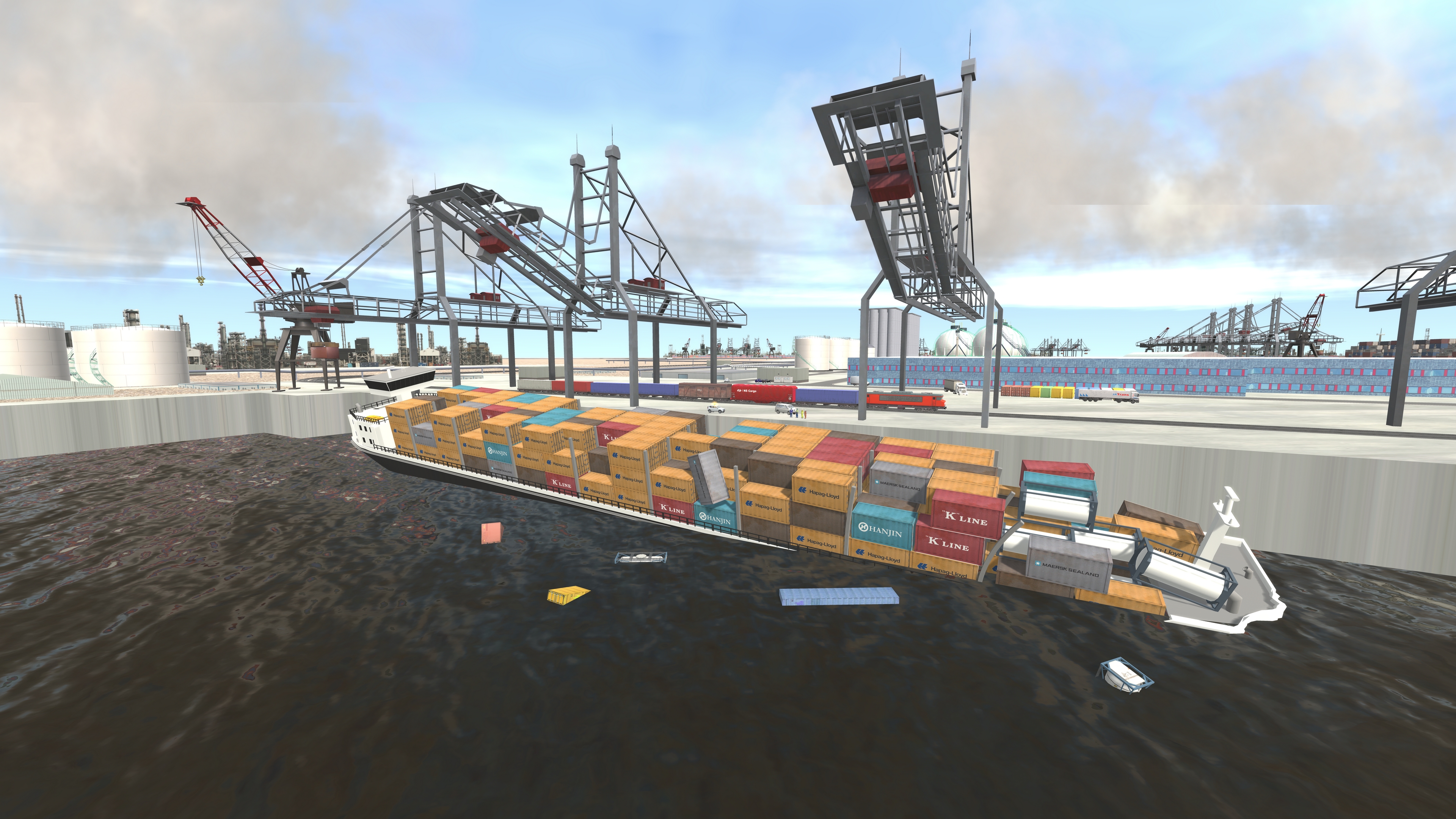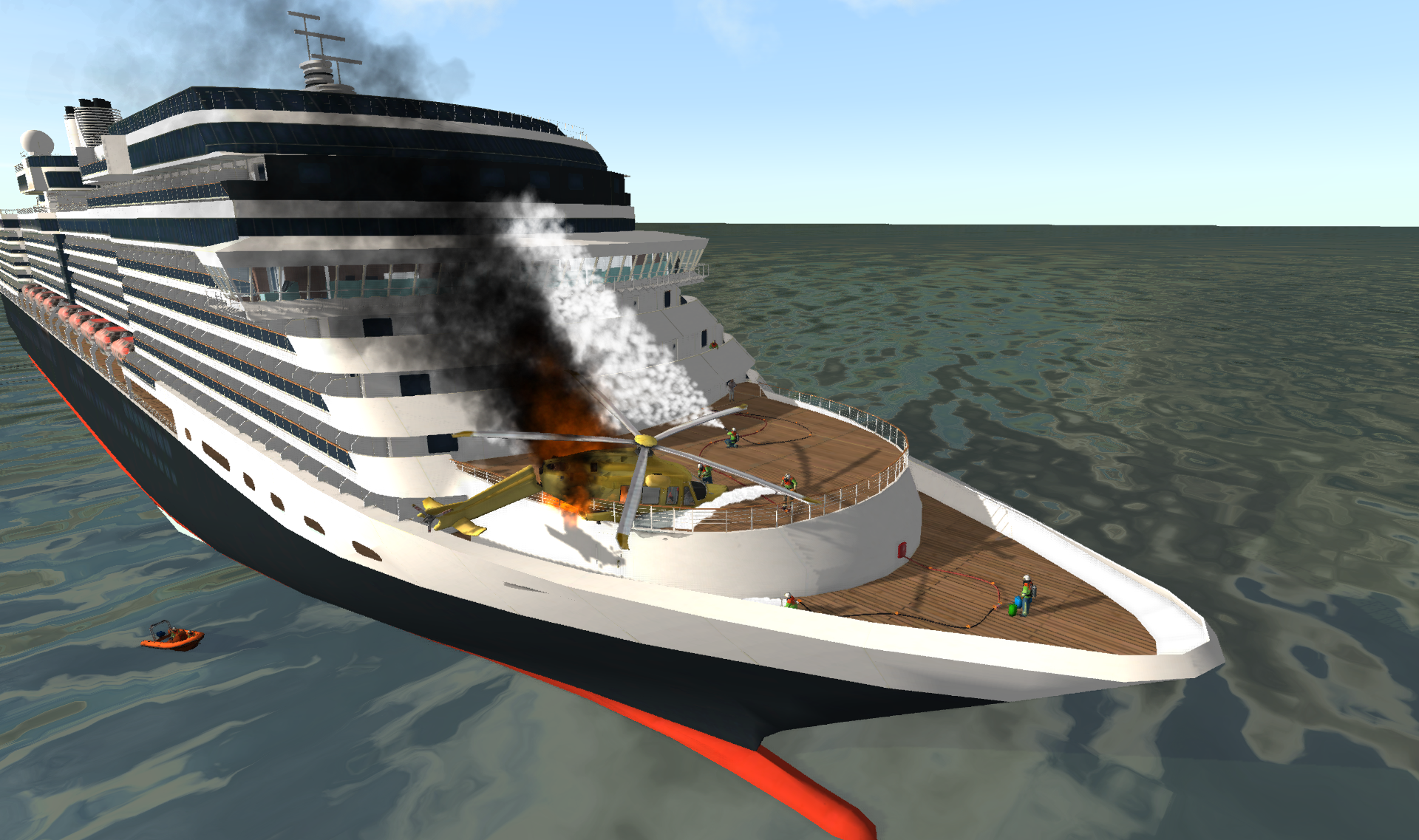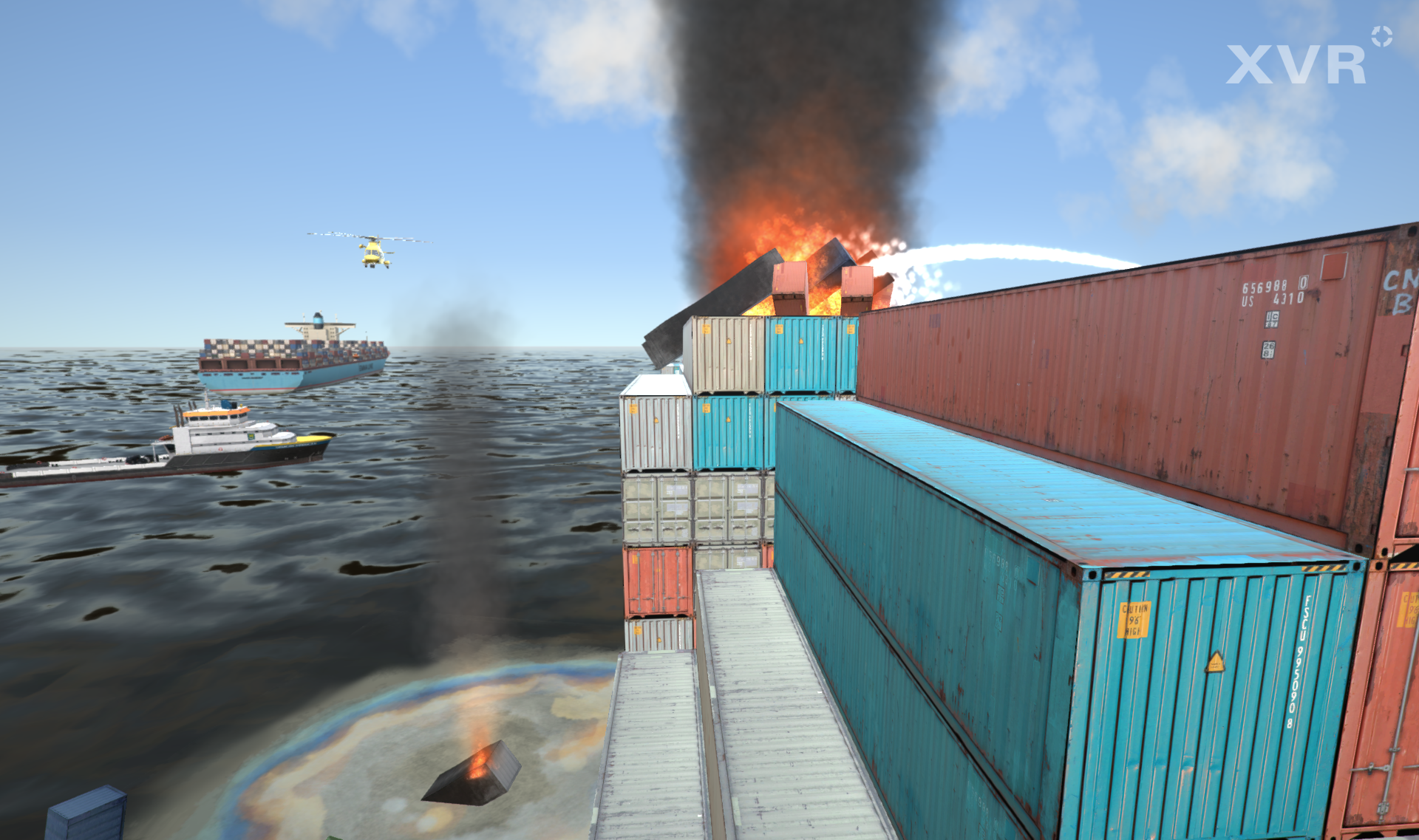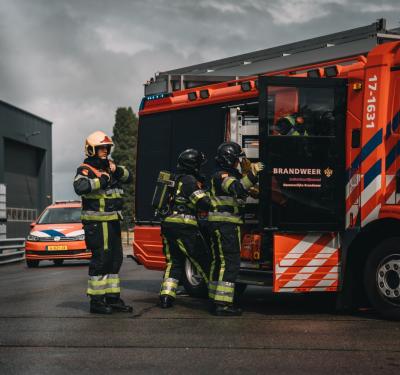Using simulation to train maritime incident response
By Tim Lodder - When an incident occurs on board a vessel, either at sea or in port, the operational command structure of the vessel changes. Officers have primary and secondary responsibilities, depending on the muster list or the assigned emergency response positions.
To change from an operational to an emergency response role requires experience, and means getting engaged in a well-oiled machine which will only work if this has been thoroughly taught and well-exercised.
In January 2016 XVR Simulation partnered with Transas to combine their training simulators. Combining the simulators of Transas and XVR allows users not only to manage vessels in ports, harbours and coastal areas, but also provides users with the option to act in the event of an incident. This blog explores the possibilities and advantages of combining the simulators of XVR Simulation and Transas.
Just a normal day on a regular ship…
On a regular day, a ship’s crew is navigating through an area involving heavy traffic. Procedures, knowledge, skills and attitude are required to guarantee a safe passage through. Maintaining the proper knowledge, skills and attitude to follow procedures is trained with the Transas navigational simulators. The same goes for the technical team on board who ensure a proper operational excellence to provide the same safe passage. The nautical and technical teams are connected together to execute operational safety.
...turns into an unusual day
Then, when everything seems to go according to plan, an explosion in the engine room occurs. A fire breaks out. There are several victims. The explosion also caused a breech in the ship’s hull, the ship is flooding and people are in danger of drowning.
These types of incidents can happen anytime, anywhere and require the same team as above mentioned to deal with the situation. They will have to split up and take command of a major and possibly escalating situation. In order to do this, the crew needs other knowledge, skills and procedures. In chaotic situations like this, it is of vital importance that everyone onboard is sufficiently prepared and trained.
Current training falls short
Once every five years, seafarers learn in required safety training courses (STCW) what to do with the minimal SOLAS-required equipment on board. However, these training courses do not provide the participant with ship or type specific courses. Furthermore, monthly SOLAS drills on board do not provide users with sufficient training to handle major incidents.
Expanding current training modules
XVR On Scene is able to simulate any type of incident on board or ashore in order to brief, train, exercise and assess emergency response roles in any generic or specific environment and prepare them to act appropriately to the highest level possible. XVR provides users, as an addition to the Transas bridge-, engine room- and port operations simulators, with the opportunity to train and educate changes in the operational command structures, communications and be ready at any time to manage an on board emergency and decrease operational risks.
Other simulator combinations
Besides the combination of the above mentioned operational simulators and XVR On Scene, the collaboration between XVR and Transas provides for more training options. With the Vessel Traffic Management System (VTMS) users are able to train the organization of an emergency response. It also enables the incident manager and vessel traffic manager to train communications, amongst themselves but also with port operational management and safety regions.
Furthermore, Transas is aiming to create an integrated solution for all their training and simulation modules, mirroring the Apple model, with all their separate operating units communicating with each other. Within this Transas Harmonized Eco System of Integrated Solutions (THESIS), XVR provides a significant addition by allowing Transas to also integrate safety training into their ecosystem.
The combination of Transas and XVR is also particularly interesting for Fleet Operational Centres. Not only will they be able to train and educate operational excellence but also how to manage an incident if it occurs and thus saving ships, assets and last but not least human lives.
________________________________________________________________
About the Transas – XVR Simulation partnership
In January 2016 XVR Simulation partnered with Transas to expand their maritime training capabilities. By working closely together, the two market leaders aimed to extend their offers to both existing and future customers of both parties. XVR Simulation is now able to combine their incident response simulation platform with the training simulators that Transas offers, namely the Vessel Traffic Management Solutions (VTMS), the NT Pro5000 navigational simulator and the Tech Sim technical simulator.
Tim Lodder was a ship’s officer at Holland America Line, and responsible for navigation, ship’s safety and security. After his seagoing career he worked for Falck Safety Services, introducing the hybrid training concept in the global maritime sector. In March 2015 he started as Director of Maritime Development at XVR Simulation. In 2018, Tim started his own company, Blue Orange Wave Maritime. Blue Orange Wave is XVR's preferred reseller for the maritime and off-shore market. For more information, please contact us at marketing@xvrsim.com or visit xvrsim.com.






.png?resolution=400x375)